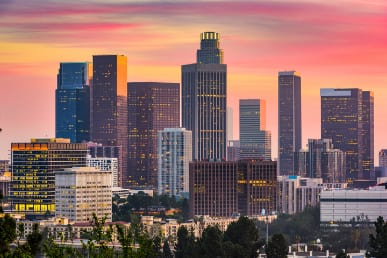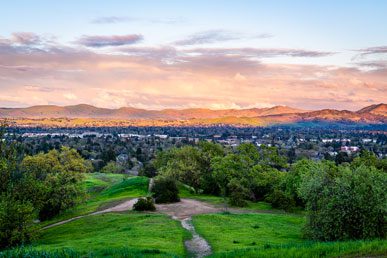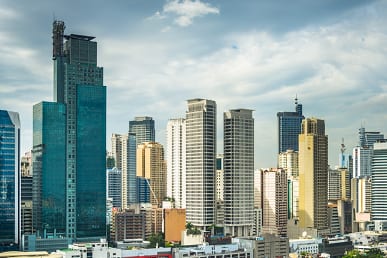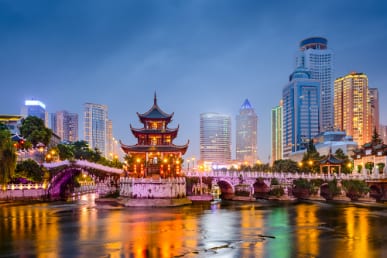Every week I received several inquiries from Filipinos who consult me concerning their unmarried adult children whom they have petitioned within the last few years. However, since the petition was filed, the petitioning parents have become naturalized. Of course, they have accomplished all this without consulting with a competent and experienced immigration attorney. As a result, I have the unhappy duty of informing these parents that they will have to wait perhaps 20 years to see their children.
I have written several articles in an attempt to warn Filipinos of the possible consequences of naturalization. These articles are available by merely calling or writing to my office. The focus of this week’s article is to advise those Filipinos who have already naturalized and fallen into the trap. These are only two ways out of this trap. As set forth in my previous articles the waiting period for a First Preference petition, that is a petition for an unmarried adult son or daughter of a naturalized Filipino, is 36 years while the maximum wait for an unmarried adult son or daughter for a permanent resident Filipino is only 5 years. However, when the petitioner becomes naturalized, the petitioner they filed for their unmarried adult children are automatically converted to First Preference – and their wait increased up to 36 years. Despite this rule, I have already succeeded in obtaining permanent residency for some lucky adult children in this situation under the original Second Preference visa petition. However, I need to evaluate this possibility on a case to case basis and most families will not qualify for the exception to the rule. Obtaining this kind of relief – unitizing the original Second Preference petition after naturalization – is a delicate and complex process and must be done by an experienced immigration practitioner skilled in this area.
Another method which is much more drastic is to denaturalize the naturalized parent. By denaturalizing, one reverts back to their original status as a lawful permanent resident. Then, by filing a new petition, the waiting period is reduced from 36 years to 5 years. Once again, it takes an experienced practitioner to be able to advise how many years of savings will be achieved through the denaturalization process. Of course, one draw back is that the denaturalization must occur outside the United States at a United States Embassy. Most parents are reluctant to accept the idea of denaturalization and it is difficult for them to believe that by being denaturalizing they will be able to assist their children in coming to the United States. However, not all immigration laws are reasonable or logical. If you are caught up in this kind of nightmare, I strongly suggest that you seek the assistance of an experienced immigration practitioner.




